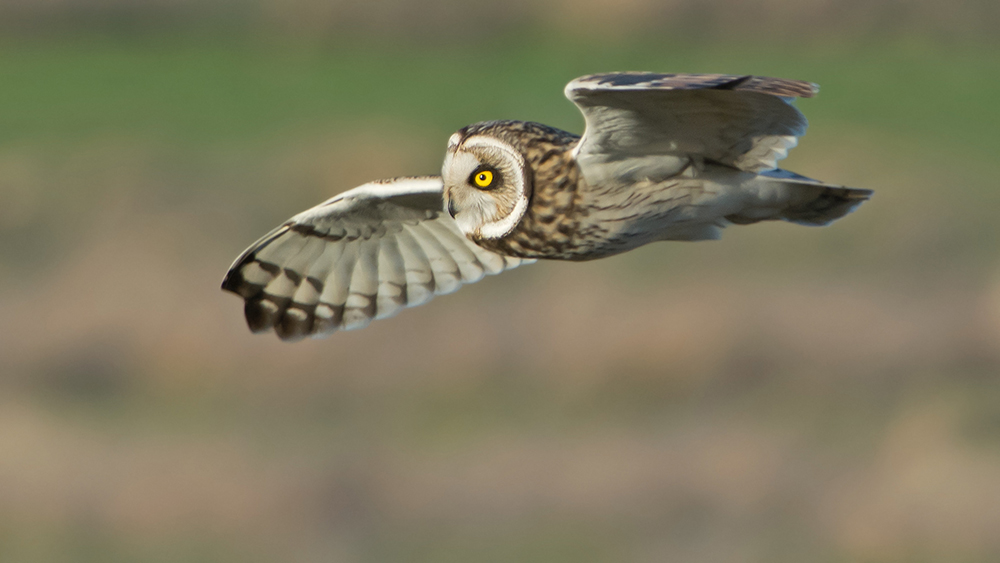It’s always great to start a new year with the prospect of something fresh and exciting. Maybe something new to learn, perhaps a new skill or discipline: things to look forward to. So it’s time to start planning. When it comes to the natural world, the list of things to discover and learn is simply endless. How much do you know about grasshoppers? About trees or insects, birdsong or wildflowers?
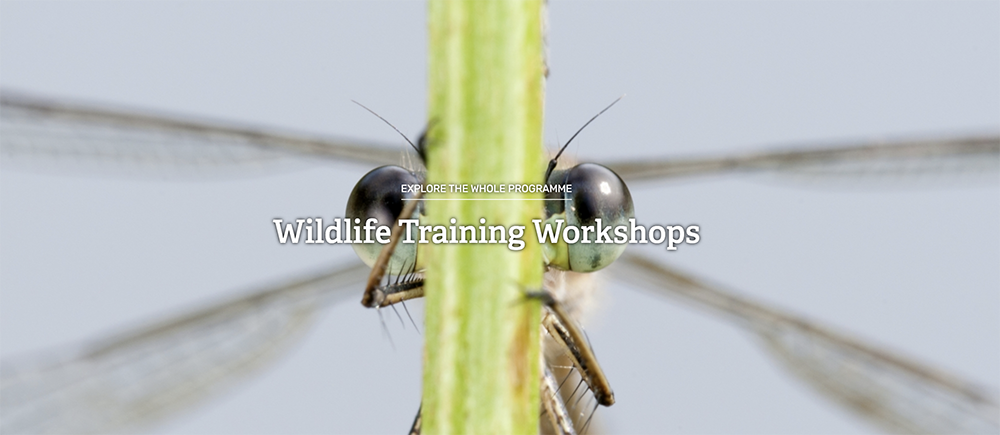
Find a workshop for you
The Wildlife Trust has a great set of training workshops presented by experts in their fields. These are now held online (some also offering limited places on days outdoors) and offer the chance to acquire greater in-depth knowledge across many areas of the natural world. They are ideal ways to get absorbed and immersed in a new subject matter. Maybe you just want to feed your own curiosity, or perhaps surprise someone with an unusual birthday present.
On the horizon for this year is a wide cross-section of subjects.
Birds of prey
Spread your wings of knowledge and learn about birds of prey and the soaring world of raptors with Great Fen monitoring and research officer, Henry Stanier. Henry brings a beginner’s guide to learn more about where and when to see them, and how to identify them.
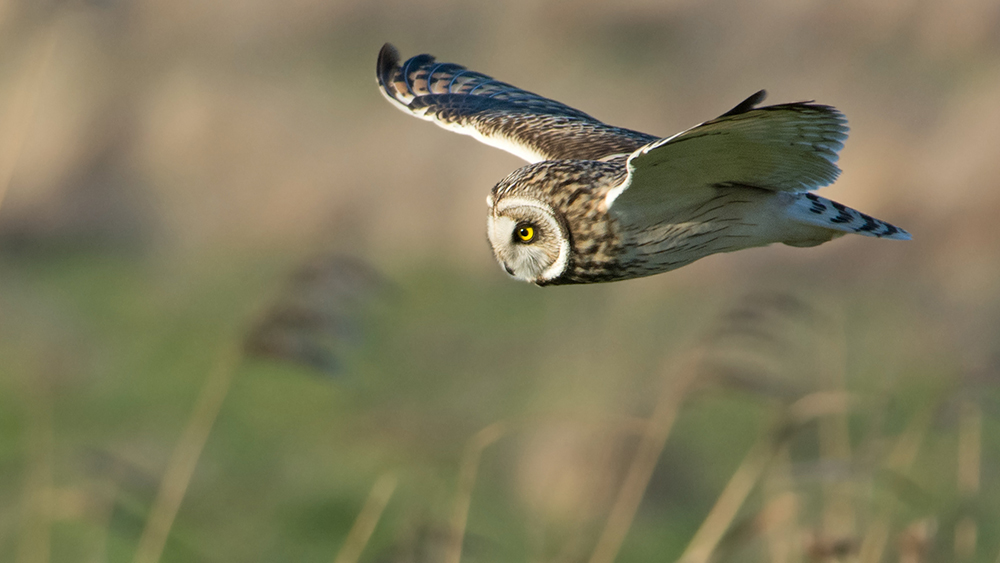
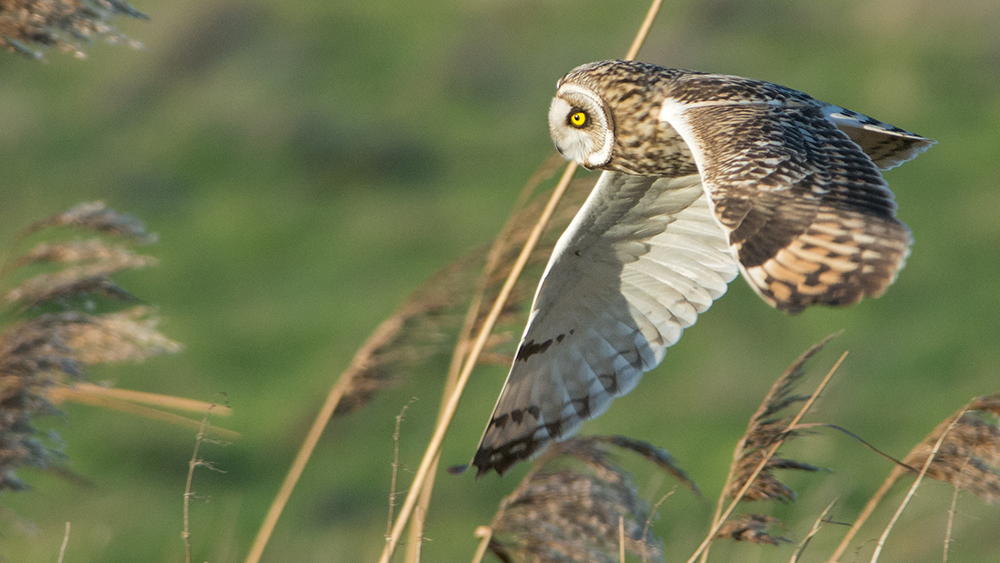
Introductions to…
Make some new acquaintances with a series called ‘Introductions to . . .’. Subjects include dormice, amphibians, solitary bees, dragonflies, grasshoppers, grasses, birdsong, meadow ecology, mammal tracks and butterfly ecology.
And when it comes to flies, did you know that there are the good, the bad, and the ugly?! Be fascinated as John Showers, the Northamptonshire county recorder for Diptera (order of winged insects commonly known as flies), reveals all about our winged friends.
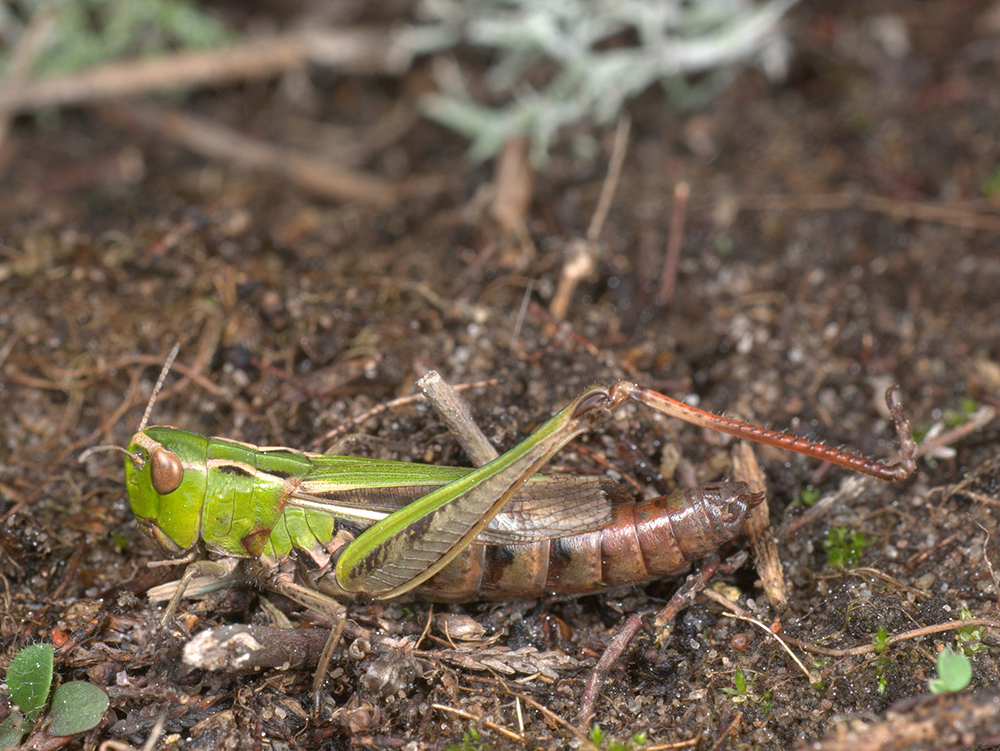
The world of winter trees
Cambridgeshire senior reserves manager, Matt Hamilton, presents the world of winter trees. He will help to identify common native broadleaved deciduous trees which you may see on a nature reserve in winter. Learn to use key characters for identification such as bud colour and shape, bark types, and overall growth form. Separate oak from field maple, sycamore from ash, hazel from sallow, and apple from elm.
Each tree has a particular family history and environmental conditions they have adapted to. As a result, their shape and size, and their growth rates, are varied. The types of trees, their characteristics, and their associations are all key components of many of our local habitats. So knowing which trees are which will help you to better understand your local nature reserve.
Who goes there?
Fascinated by animal tracks but don’t know who’s made them? Peter Pilbeam of the Cambridgeshire Mammal Group will highlight the sorts of mammal tracks and other signs you might come across when out in the countryside. Tracks include those of larger mammals like badgers, foxes, otters and deer, and smaller mammals like hedgehogs and water voles. Signs can be a very wide variety of things, including droppings, hair, fur, feeding signs (like holes in nuts and gnawed fir cones and tree bark) and ‘homes’, including badger setts and water vole burrows.
Trail cameras and more
Later in the year, another workshop will discuss and advise on the use of trail cameras (camera traps). Increasingly popular for use in gardens, they’re an invaluable tool for revealing the presence and behaviour of your local wildlife. Henry Stanier will recommend which ones to purchase, how to set them up and position them. He’ll also discuss what to do with the resulting photographs and/or video clips.
And finally, who could resist learning to carve a spoon?!
Here’s where to book and find out morewww.wildlifebcn.org/get-involved/training-workshops
. . . and Wild January Sale – half-price membership
There couldn’t be a better time to join the Wildlife Trust. At a time when global environmental problems can seem insurmountable, for anyone making New Year’s resolutions to try and make a difference, the Wildlife Trust is offering half-price membership throughout January. Each member receives Local Wildlife magazine (the children’s version is Wildlife Watch) three times a year, information on events, local groups, walks, and talks via newsletters. But the biggest benefit of all is knowing that local wildlife in the area, and all the conservation work involved, will be helped and maintained.
The trust’s work supports local wildlife in the area, such as protecting habitats on nature reserves and in the wider countryside, along with all the species which depend on these places. There are a variety of memberships, from child to adult to families, so please visit www.wildlifebcn.org/join
This article has been reproduced by courtesy of The Fens magazine. Click here to view more of their articles.

